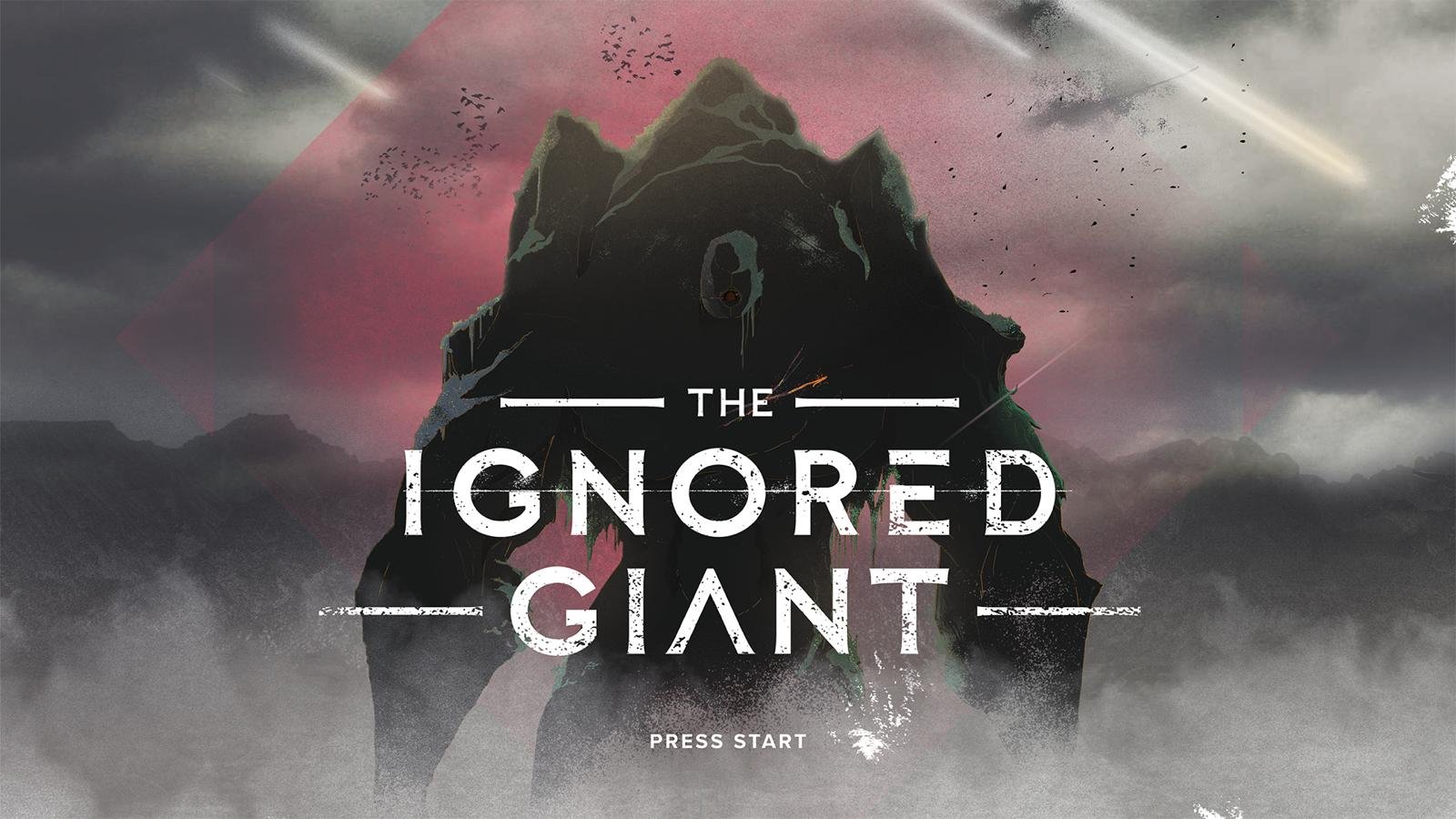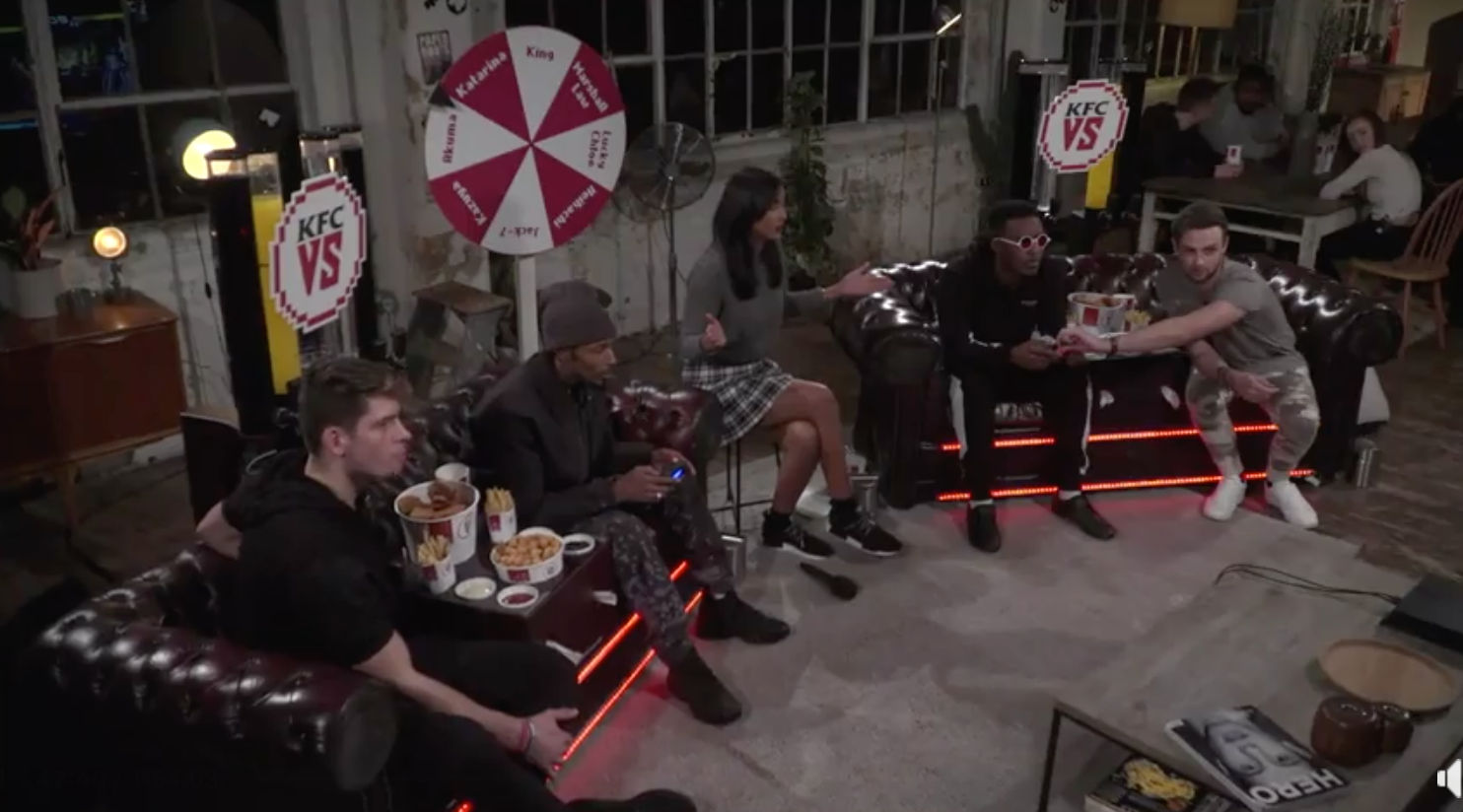
GAMING IS THE BIGGEST UNTAPPED CREATIVE OPPORTUNITY IN MARKETING
Ronan Patrick
30/04/2019
Snubbed within marketing circles, gaming is an ignored giant. There’s a goldmine of creative & marketing opportunities but few are paying attention, writes BBH Data Strategist Ronan Patrick.
Imagine if, during an advertising interview, you confessed knowing sod all about movies or music. You’d be laughed out the building. Out of touch. Tut.
Now imagine if you instead remarked that you knew diddly squat about gaming and had no interest in learning more. It would be entirely acceptable.
Such is the irony of an industry that jingoistically masturbates over every mention of the words “millennial” or “Gen Z” whilst ignoring the fact that 70% of those aged 16-24 play video games in the UK. [1]
An industry that purports to “follow the money” whilst disregarding the stats showing that gaming is bigger than the movie and music industries combined, or that 75% of Apple’s app store revenue comes from games. [2]
An industry that obsesses over cultural trends on Instagram, Twitter and Snapchat but couldn’t care less about gaming culture or trends… even though gaming is more popular than all three in the UK. [3]
In 2018-9, people watched 50 billion hours of gaming content on YouTube (the equivalent of Brazil heading to YouTube daily) and more people typed “Fortnite” into their Google browsers than “Trump”, “Brexit”, “Avengers” or “Game of Thrones” in the UK. [4][5]
Paying more attention to gaming is not to be seduced by the pornography of change but to recognise reality: gaming is not “trending”, it’s not the “next big thing.” It’s massive and has been so for the last decade.
But it is snubbed within marketing circles.
If I asked somebody to picture the archetypal gamer, chances are they’d think of a pale pubescent acne-scarred boy playing their Xbox. And yet, women account for 58% and 50% of tablet and smart-phone gamers respectively, mobile is the queen of the gaming industry (bringing in nearly the combined revenue of PC and console-gaming) and over 70% of gamers are 18+. [6]
Unsurprisingly, an industry dominated by extroverts (74% of people in marketing “feel energised from interacting with people in social situations”) finds itself a bit short of gamers, only 21% of whom identify as extroverts. And, as in all things, under-representation breeds uninterest and ignorance. The same flawed logic leading many to claim that TV is dead (“others don’t watch TV…. I mean, I don’t”) is the same thinking underlying marketing’s ignorance of gaming now. [7]
At an ad agency, I was once given a hypothetical brief for a tech brand. I suggested that gamers be considered as a possible target audience to which the answer (from the senior planner) was “who cares what gamers are f**** thinking.”
Snubbing gaming like this does brands few favours. There is an untapped goldmine of marketing and creative opportunities in gaming. Here are three:
1. Free-to-play mass multiplayer games are media platforms for advertising
Whilst we know that using games as a medium for advertising works (a 2010 Nielsen study found that Gatorade ads within EA games increased household spend by 24%, an ROI of $3.11) , it’s been difficult to pull off because game development takes longer than the implementation of an advertising campaign. [8]
That’s why free-to-play mass multiplayer games like Fortnite, Apex Legends and League of Legends are game-changers. (Branded) content can be introduced in monthly patches to reach massive 18-34 audiences.
Samsung is leveraging in-game cosmetics to boost sales of the Galaxy-range. Last summer, the “Galaxy”, a godlike skin, was inserted into Fortnite.
The only way to unlock the Galaxy skin? Buy a Galaxy Note9 or TabS4. I implore you to type “Galaxy skin” into your google browser to get just a sense of the traction this campaign generated.[9]
Adland, meanwhile, ignored it.
Brands should think of games less as creative executions and more as populated virtual spaces that can act as media platforms for branded content.
2. Gaming trends offer brands an opportunity to seal their place in culture
An appreciation of gaming trends can benefit brands hoping to target younger audiences. Given its popularity, it’s bizarre that “cultural relevance” and “gaming” almost never appear in the same sentence of marketing articles.
For KFC, TGI-analysis and the like suggested that grime and gaming were the key interest points of KFC’s younger audience – so we brought together trending game streamers and grime artists to compete in a live-stream showdown.
More recently, in the build-up to the hotly-anticipated Assassins Creed Odyssey game, Amazon released a Spartan-styled Alexa and partnered with Ubisoft to release this video.
Using the creative leaping-point of how utterly absurd it would be to have a Spartan-assistant in a quintessentially suburban middle-class family, it has racked up 4.8 million views and 104K likes since September 2018.
Advertising is at its most effective when people want to talk about it, want to spend time with it, want to share it – weaponising gaming’s popularity is one such tool to achieve this.
3. Gaming-video content (Twitch, YouTube) allows brands to connect with the 18-34 demographic who are notoriously difficult to reach
Alexandria Ocasio-Cortez (AOC) has made quite the stir in the last few months by using her Twitter and Instagram feeds to reach a young audience hungry for political content.
But less discussed is how AOC has leveraged gaming-video content’s popularity – in January she dropped in on Twitch streamer Hbomberguy’s feed whilst he was fundraising for trans-rights charity Mermaid.
The twitch feed says it all. Gaming-video social content is an avenue for reaching out to an 18-34 demographic who are trickier to reach through traditional channels.
That’s an opportunity for brands.
Samsung’s approach was to send Ninja, the world’s most popular gaming streamer, a Fortnite loot box IRL (in real life).
Within this loot box? Surprise surprise, the Galaxy Note 9 – a nifty activation that pulled in 8.5 million views for a new product launch.
With potential opportunities like this on offer, it is odd that marketers routinely ignore gaming. That’s why Adam Arnold (CMO), Ben Shaw (Head of Strategy), Sarah Margot (Head of Events) and I are organising the Ignored Giant event. A day dedicated to the marketing and creative opportunities in gaming.
If you’re interested in how BBH can help you win at gaming, please email Nic Manser at nic.manser@bartleboglehegarty.com.
After all, you never win any game you don’t play.
Ignored Giant artwork by Niek Van Wingerden & Josh Bailey.
References
[1]. “70% of those aged 16-24 play video games in the UK.”
Ofcom Adults’ Media Use and Attitudes Report 2018. Figure 22, Page 48. https://www.ofcom.org.uk/__data/assets/pdf_file/0011/113222/Adults-Media-Use-and-Attitudes-Report-2018.pdf.
[2]. “Gaming is bigger than the movie and music industry combined… 75% of Apple’s app store revenue comes from gaming.”
Gaming Industry global revenue: https://newzoo.com/insights/articles/newzoo-cuts-global-games-forecast-for-2018-to-134-9-billion/
Movie Industry global revenue: https://www.statista.com/topics/964/film/
Music Industry global revenue: https://www.statista.com/statistics/272305/global-revenue-of-the-music-industry/
In the UK specifically: https://www.bbc.co.uk/news/technology-46746593
App Store: https://www.gamesindustry.biz/articles/2018-06-01-games-account-for-75-percent-of-app-store-spending
[3]. “Gaming is more popular than Snapchat, Instagram and Twitter in the UK.”
Ofcom Adults’ Media Use and Attitudes Report 2018. Figure 21, Page 47. Compare with Figure 32, Page 60
[4]. “In 2018-9, people watched 50 billion hours worth of gaming videos on YouTube.”
YouTube game videos were viewed for 50 billion hours in 2018
On the massive scale of gaming-video content in general: https://www.superdataresearch.com/market-data/gaming-video-content/
[5]. “In 2018-9… more people typed ‘Fortnite’ into their Google browsers than ‘Trump’, ‘Brexit’, ‘Avengers’ or ‘Game of Thrones’ in the UK.”
https://trends.google.com/trends/explore?date=2018-01-01%202018-12-31&geo=GB&q=Fortnite,Brexit,Trump,Avengers,Game%20of%20Thrones
[6]. “Women account respectively for 58% and 50% of tablet and smart-phone gamers, mobile is the queen of the gaming industry (almost bringing in the combined revenue of both PC and console-gaming) and over 70% of gamers are 18+.”
Gender breakdown of gamers: https://www.ofcom.org.uk/__data/assets/pdf_file/0011/113222/Adults-Media-Use-and-Attitudes-Report-2018.pdf
Mobile is queen: https://newzoo.com/insights/articles/newzoo-cuts-global-games-forecast-for-2018-to-134-9-billion/
Most gamers are adults: http://www.theesa.com/wp-content/uploads/2018/05/EF2018_FINAL.pdf
[7]. On the preponderance of extroverts in marketing & preponderance of introverts in gaming.
https://www.ama.org/career/Pages/Do-Marketers-Have-to-Be-Extroverts.aspx
Saskia Jones, Head of Data Strategy, on why marketing needs more introverts: http://bbh-labs.com/write-and-black-sheep-pt1/
[8]. “A 2010 Nielson study found that Gatorade ads within EA games increased household dollars spent on Gatorade by 24%, an ROI of $3.11.”
https://www.nielsen.com/us/en/insights/news/2010/video-game-advertising-playing-to-win-and-sell.html
[9]. Google search interest in the “Galaxy skin”
Google Trends, Past 12 months, Worldwide:
https://trends.google.com/trends/explore?q=galaxy%20skin,Nike%20Colin%20Kaepernick

